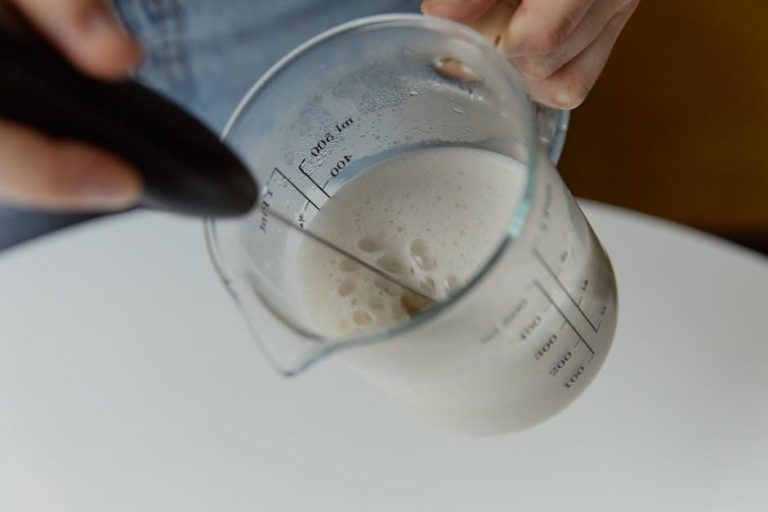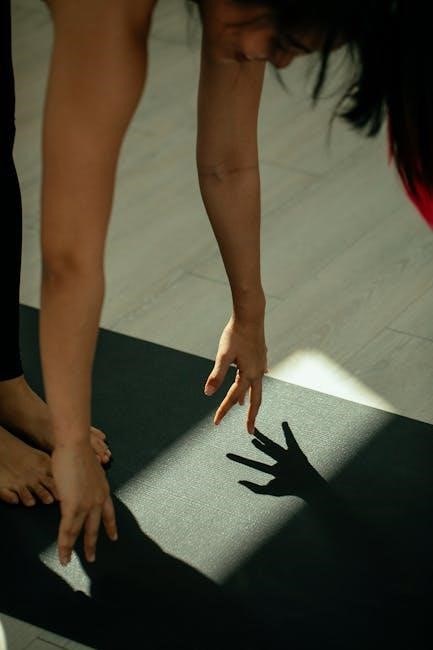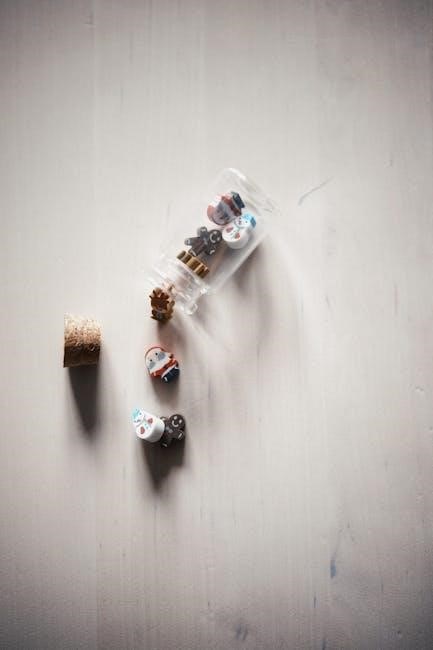
Boiling your mouthpiece is an essential step in achieving a custom fit for your mouthguard, especially when it comes to boil and bite versions made from thermoplastic material. In this article, we will provide you with a step-by-step approach to safely boiling your mouthpiece for optimal hygiene, covering necessary supplies, boiling techniques, ideal time and temperature, cooling methods, and crucial safety precautions to prevent damage or injury.
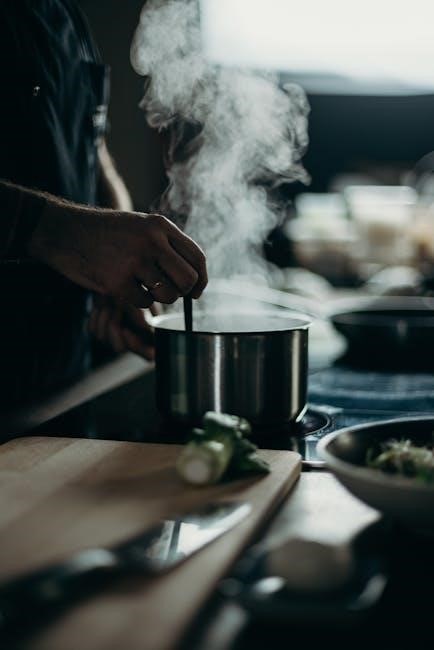
Necessary Supplies
To boil your mouthpiece, you will need the following supplies:
- Sauce Pan
- Water
- Fork or any other utensil that can scoop out the mouthguard
- Coffee mug big enough to fit a mouthguard
- Mirror
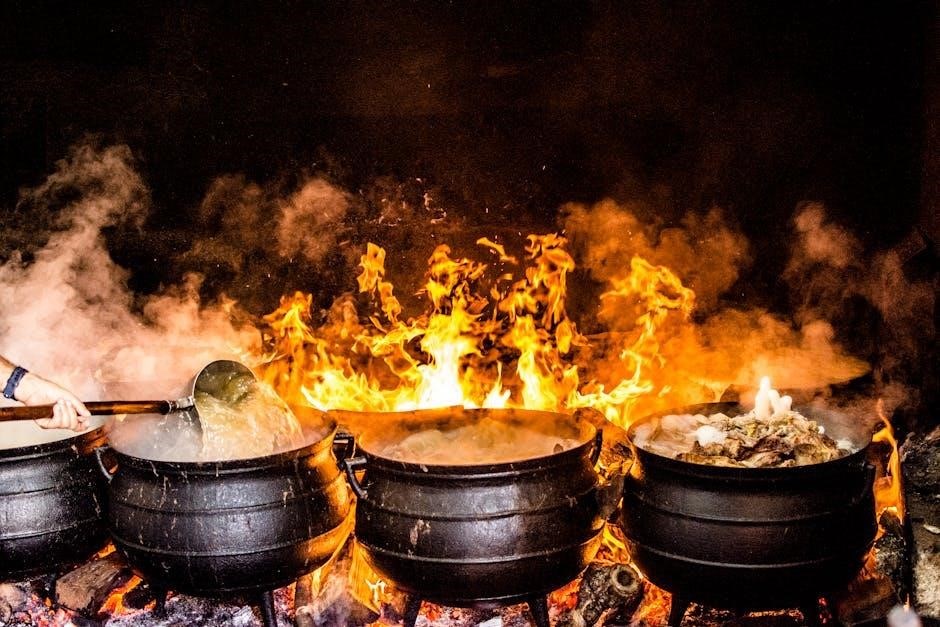
Boiling Techniques
To boil your mouthpiece, follow these steps:
- Fill a pot with enough water to submerge your mouthguard in a coffee mug. Bring the water to a boil.
- Boil water in a small pot, just enough to submerge the mouthguard. Check the instructions that came with the guard for the correct amount of time required;
- Generally, the mouthguard needs to be heated until you can mold the mouthguard, but not to the point where it is too pliable or melted.
Tips: The water will boil faster if you keep a lid on the pot. Also, be careful when handling hot water and mouthguards to avoid injury.
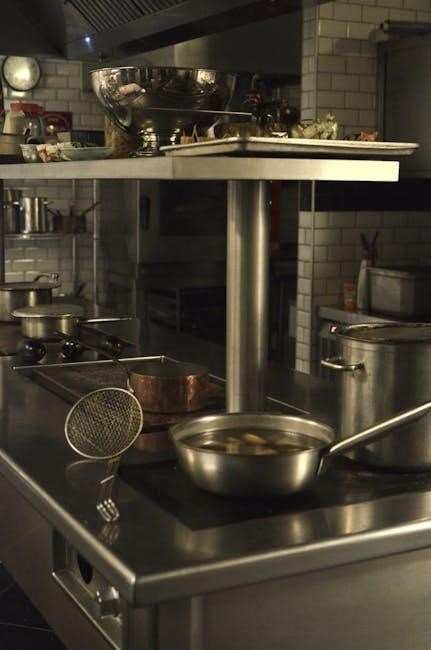
Ideal Time and Temperature
The ideal time and temperature for boiling a mouthpiece may vary depending on the type of mouthguard you have. However, as a general rule, you should boil the mouthguard for 3-5 minutes, or until it is soft and pliable.
The temperature of the water should be around 200°F to 212°F (93°C to 100°C). Be careful not to exceed this temperature, as it may damage the mouthguard.
Cooling Methods
After boiling your mouthpiece, you will need to cool it down to mold it to your mouth. Here are a few cooling methods you can use:
- Let the mouthguard cool down in the water for a few minutes before removing it.
- Use a fork or other utensil to scoop out the mouthguard and place it in a coffee mug filled with cold water.
- Use a mirror to check the mouthguard’s temperature and make sure it is not too hot to handle.
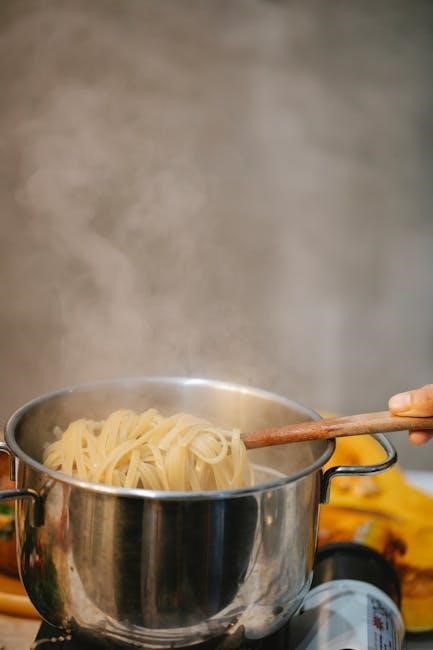
Safety Precautions
When boiling your mouthpiece, it is essential to take safety precautions to prevent damage or injury. Here are a few tips:
- Be careful when handling hot water and mouthguards to avoid injury.
- Make sure the mouthguard is not too hot to handle before molding it to your mouth.
- Avoid using a microwave or other heating methods that may damage the mouthguard.
Boiling your mouthpiece is a simple and effective way to achieve a custom fit for your mouthguard. By following the steps outlined in this article, you can safely boil your mouthpiece and mold it to your mouth for optimal hygiene and protection. Remember to always follow the instructions provided with your mouthguard and take necessary safety precautions to prevent damage or injury.


